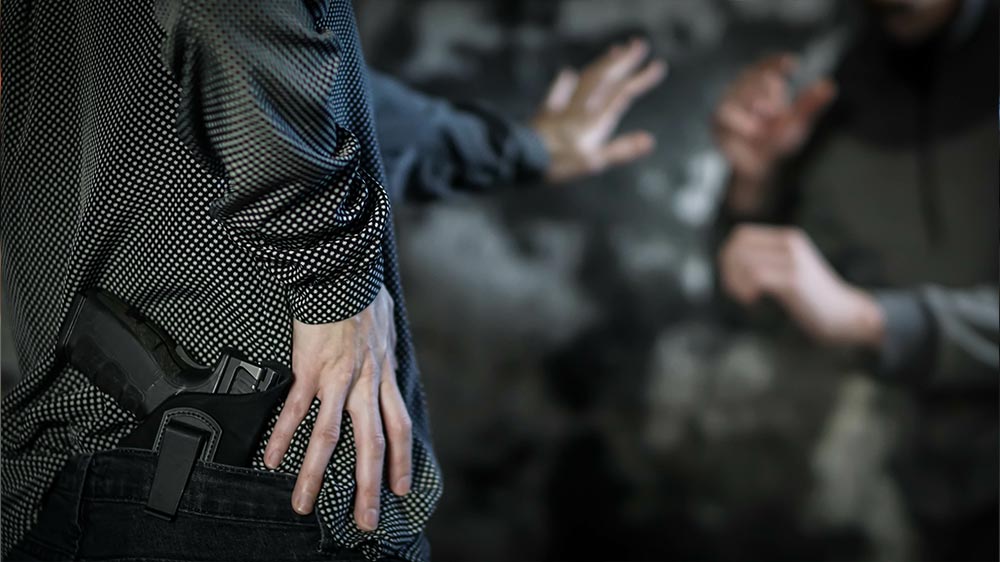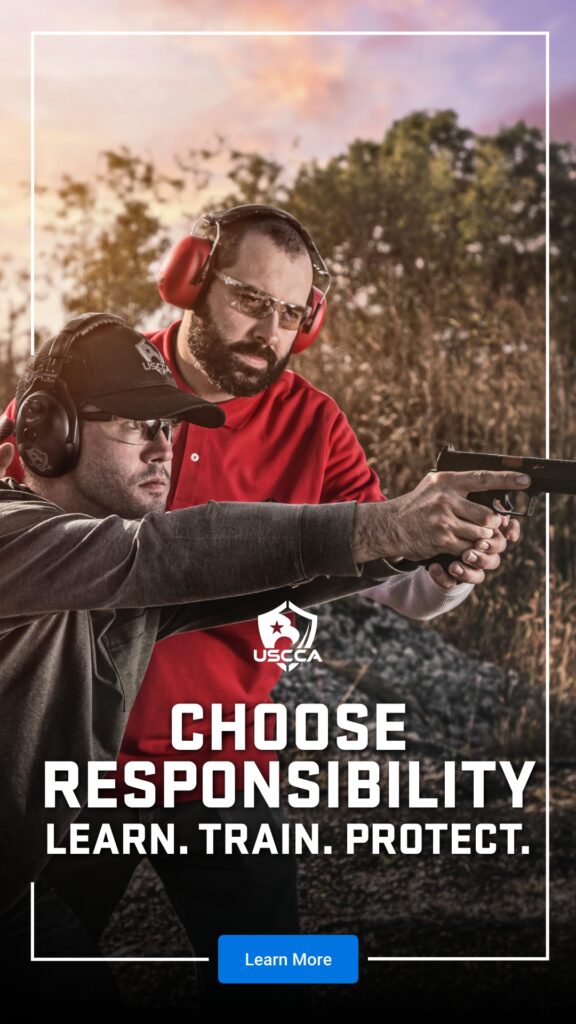Introduction
In the realm of concealed carry, mental preparedness is an often underemphasized yet crucial aspect of personal defense. While physical skill and proficiency with a firearm are important, the ability to mentally navigate and manage potentially dangerous situations is paramount. Situational awareness and knowing how to handle conflicts are crucial; they’re what keep you sharp and ready when carrying concealed.
Understanding Situational Awareness
Situational awareness is a term that transcends its general meaning when applied to concealed carry. Keeping your eyes peeled means you’re clued into the scene, always watching for anything out of place or signs that spell trouble. To stay sharp, constantly sweep your eyes over the area, spot any potential dangers early on, and map out a quick way to duck out if things go south. An essential concept here is the ‘OODA Loop’, an acronym for Observe, Orient, Decide, and Act. John Boyd’s OODA Loop is a strategic concept that was originally developed for military combat operations but has since been applied in various fields, including law enforcement, business, and personal self-defense. The acronym “OODA” stands for Observe, Orient, Decide, and Act.
The Spectrum of Conflict Management
Conflict management in the context of concealed carry is about resolving confrontations in the safest possible manner. In essence, it’s about using tactics that cool down situations that could turn nasty really fast. Grasping and applying ways to cool down heated moments can help us sidestep unwanted clashes, cutting down the chances of needing to take extreme measures. Mastering how we talk and our body language can often calm a heated moment, without having to get physical.
Balancing Awareness with Daily Life
Maintaining a high level of situational awareness is essential, but it’s equally important to balance this with a normal, relaxed approach to daily life. So, weave awareness into your daily grind without letting it tip you over the edge into fear. Practical tips include making a habit of observing exits when entering new spaces, noting unusual behaviors or situations, but also enjoying daily activities without constant fear.
Training for Conflict Management
For those carrying concealed weapons, training should not only focus on firearm proficiency but also on managing conflicts. Joining realistic training sessions, where you dive into the thick of things with role-play to sharpen your cool-under-pressure skills, is key. Getting hands-on with this training is crucial—it hones your conflict management skills and keeps you sharp on the legal side of self-defense.
Mental Preparedness for Defensive Action
Preparing mentally for the possibility of using a firearm in self-defense is a critical aspect of concealed carry. Grasping the emotional weight and psychological impact that comes with using a gun in self-defense is essential. This preparation is not only about the immediate decision to use a firearm but also about coping with the aftermath, both legally and psychologically.
So, when we talk about book-to-film adaptations, it’s key to remember that viewers often judge a movie by how well it matches the vibrant images and scenarios they’ve pictured while reading the story.
Knowing how to spot potential trouble and handle it well is key, especially if you’re carrying a concealed weapon—it’s just as crucial as being physically ready for anything. Being mentally ready is just as crucial as being physically prepped when you’re carrying concealed—you’ve got to have your head in the game. To nail concealed carry, you’ve got to dive into ongoing education and keep sharpening your skills—it’s all about being smart and capable with what you’re packing.




